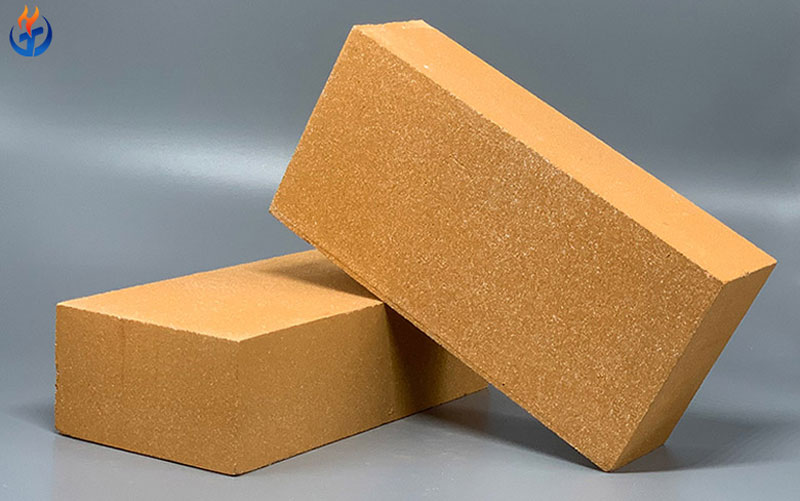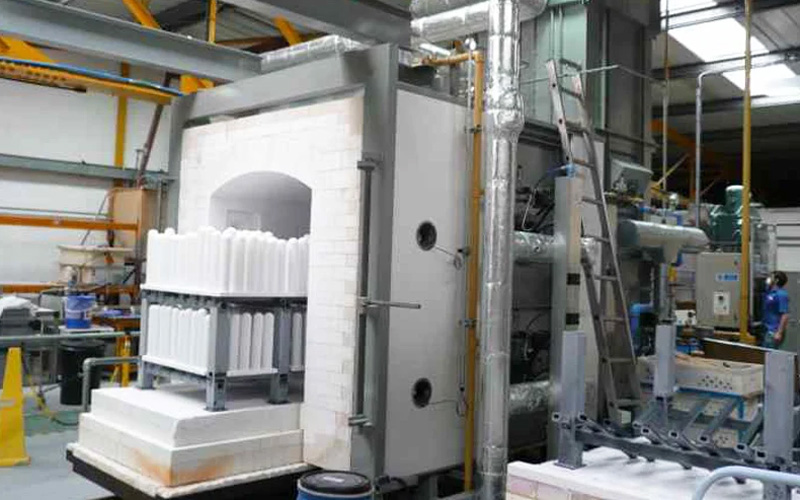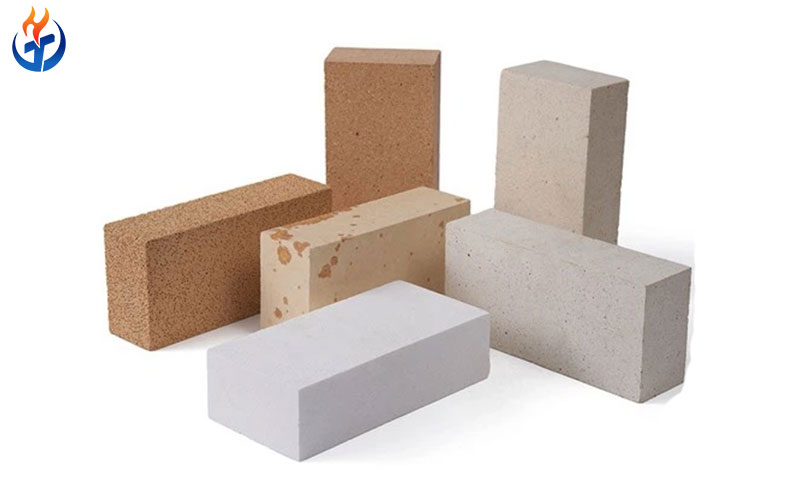When dealing with high-temperature industrial environments, one question often arises: What are the uses of refractory bricks? Understanding the use of refractory bricks is essential for anyone working in sectors like metallurgy, ceramics, glass, power generation, and even domestic fireplace construction.
This article provides a comprehensive guide to the use of refractory bricks, including where and why they are applied, how they are classified, and what makes them irreplaceable in extreme thermal conditions. If you’re building, upgrading, or maintaining a kiln, furnace, or other high-temperature facility, read on to discover how these specialized bricks can make all the difference.
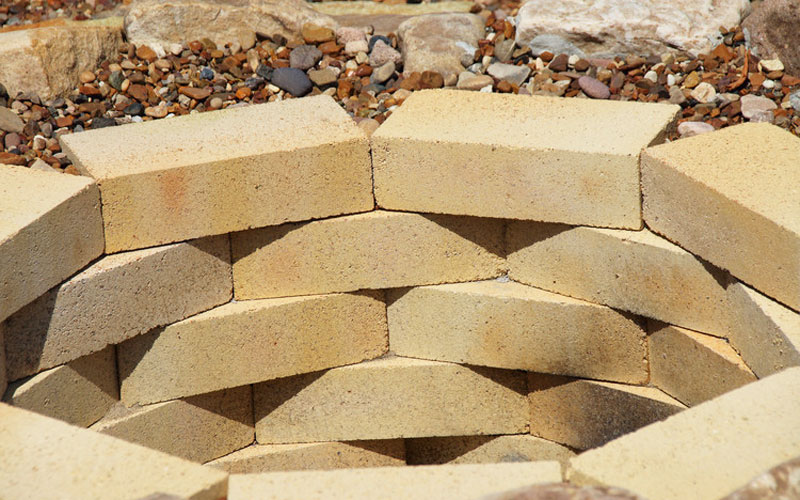
What Are Refractory Bricks?
Refractory bricks, also known as fire bricks or heat-resistant bricks, are specially engineered ceramic materials designed to withstand extremely high temperatures, thermal shock, and chemical attack. These bricks are composed mainly of aluminum oxide (Al₂O₃), silica (SiO₂), and other minerals like magnesia or zirconia, depending on the required application.
They differ from regular clay bricks in one major way: they can endure temperatures from 1000°C to over 1800°C without melting, warping, or breaking down. This makes them essential components in any structure that involves consistent exposure to intense heat.
1. Industrial Use of Refractory Bricks
a. Steel and Iron Industry
One of the most critical sectors for the use of refractory bricks is the steel and iron industry. These bricks are used to line:
Blast furnaces
Basic oxygen furnaces
Electric arc furnaces
Ladles and converters
They provide excellent resistance to thermal cycling and aggressive slags, ensuring furnace longevity and safety.
b. Glass Manufacturing
Glass furnaces operate at temperatures exceeding 1500°C and demand bricks that can handle not only heat but also corrosive molten glass. Silica and zircon-based refractory bricks are commonly used in these environments.
c. Cement and Lime Kilns
In rotary kilns used for cement or lime production, the use of refractory bricks helps protect the kiln shell from thermal damage. Bricks made with high alumina or magnesia content offer the best resistance to the rotary action and chemical exposure.
d. Petrochemical Industry
Refractory bricks are also used in reformers, cracking units, and incinerators. These installations demand materials that resist not only heat but also hydrogen attack, carbon buildup, and sulfur corrosion.
2. Residential and Small-Scale Applications
a. Fireplaces and Wood-Fired Ovens
Homeowners and restaurant owners use firebricks (a type of refractory brick) in wood-fired pizza ovens, chimneys, and indoor fireplaces. These bricks store and reflect heat efficiently, helping maintain optimal cooking or heating temperatures.
b. Pottery and Ceramic Kilns
Studio potters and small ceramic businesses use kilns lined with insulating refractory bricks. These bricks ensure even heat distribution and help save energy by retaining heat during firing cycles.
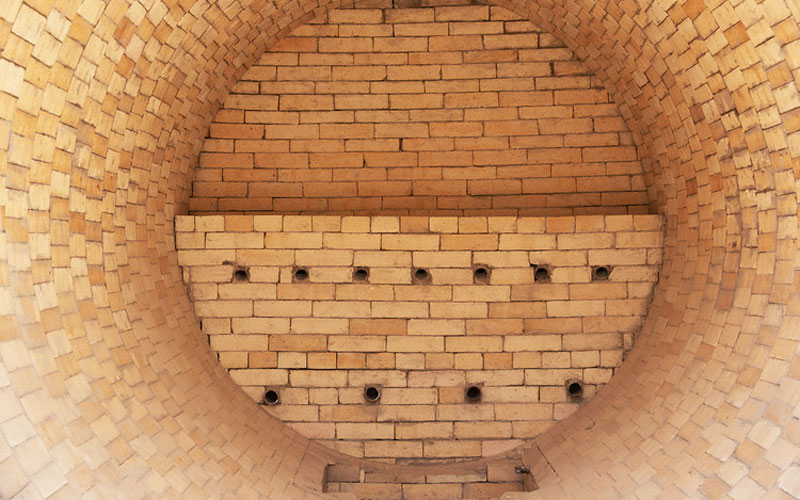
3. Classifying Refractory Bricks by Material Composition
To better understand the use of refractory bricks, it’s helpful to categorize them based on material types:
| Type | Key Component | Typical Application |
|---|---|---|
| Fireclay Bricks | Alumina + Silica | General-purpose kilns, fireplaces |
| High Alumina Bricks | 50–90% Alumina | Steel furnaces, cement kilns |
| Silica Bricks | >90% Silica | Glass furnaces, coke ovens |
| Magnesia Bricks | >85% Magnesia | Basic oxygen furnaces, non-ferrous metallurgy |
| Zirconia Bricks | Zirconium dioxide | Glass tanks, nuclear applications |
| Insulating Firebricks | Lightweight Alumina | Kiln linings (backup insulation) |
Each type is optimized for a specific operating condition, and selecting the right one depends on your temperature, environment, and structural needs.
4. Advantages of Using Refractory Bricks
The widespread use of refractory bricks is no accident. These materials offer several key advantages:
a. Heat Resistance
Refractory bricks can resist temperatures ranging from 1000°C to over 1800°C, depending on the type.
b. Thermal Shock Resistance
Some refractory bricks, like insulating firebricks, can endure rapid heating and cooling cycles without cracking.
c. Chemical Inertness
They can withstand exposure to corrosive gases, slags, and molten materials, especially in metallurgy and petrochemicals.
d. Mechanical Strength
Many refractory bricks—especially high alumina and magnesia types—retain structural integrity even under mechanical load at high temperatures.
e. Energy Efficiency
In kilns and ovens, insulating bricks reduce energy consumption by minimizing heat loss, making the process more cost-effective.
5. Common Questions About the Use of Refractory Bricks
Q1: Can I use regular bricks in high-temperature environments?
No. Regular clay bricks are not designed for thermal shock or high-temperature resistance. They may crack or even explode under extreme heat, posing serious safety risks.
Q2: How are refractory bricks installed?
They are typically laid using special high-temperature mortar, and in some industrial cases, bricks are dry-laid or pre-shaped to fit tight tolerances. Proper curing of the mortar is crucial before subjecting the bricks to heat.
Q3: Can refractory bricks be reused?
It depends on the condition. If a brick shows no cracks, warping, or glaze from exposure, it might be reused in less critical zones. However, for safety and performance, new bricks are preferred in active hot zones.
Q4: Do refractory bricks need maintenance?
Yes. Routine inspection is essential to identify spalling, erosion, or damage. Replacing worn bricks prevents heat leakage and potential structural failure.
6. Environmental Considerations
As industries strive for sustainable solutions, the use of refractory bricks has also become more eco-conscious. Modern manufacturing techniques reduce emissions, and some bricks are designed to be recyclable. Insulating types also contribute to energy savings, helping reduce the carbon footprint of high-heat operations.
Conclusion
The use of refractory bricks spans from heavy industrial applications to small home installations. These specialized materials are indispensable in environments that demand resistance to heat, mechanical stress, and chemical attack. Whether you’re operating a blast furnace or installing a backyard pizza oven, using the right refractory brick ensures safety, efficiency, and long-term performance.
If you’re looking to source high-quality refractory bricks or need expert consultation on which type suits your application, don’t hesitate to connect with a reliable manufacturer. With the right selection, you’ll ensure your high-temperature systems perform at their best—day in and day out.
Contact Xintai Refractory for Expert Solutions
If you’re looking for high-quality refractory bricks tailored to your industrial or custom applications, Xintai Refractory is here to help. With over 20 years of manufacturing and export experience, we specialize in producing durable, high-performance refractory materials that meet global standards.
Whether you need firebricks, high alumina bricks, insulating bricks, or custom refractory solutions, our team can offer expert advice and fast international delivery.
📩 Contact us today to discuss your requirements or request a quote. Let Xintai Refractory be your trusted partner in high-temperature protection.

